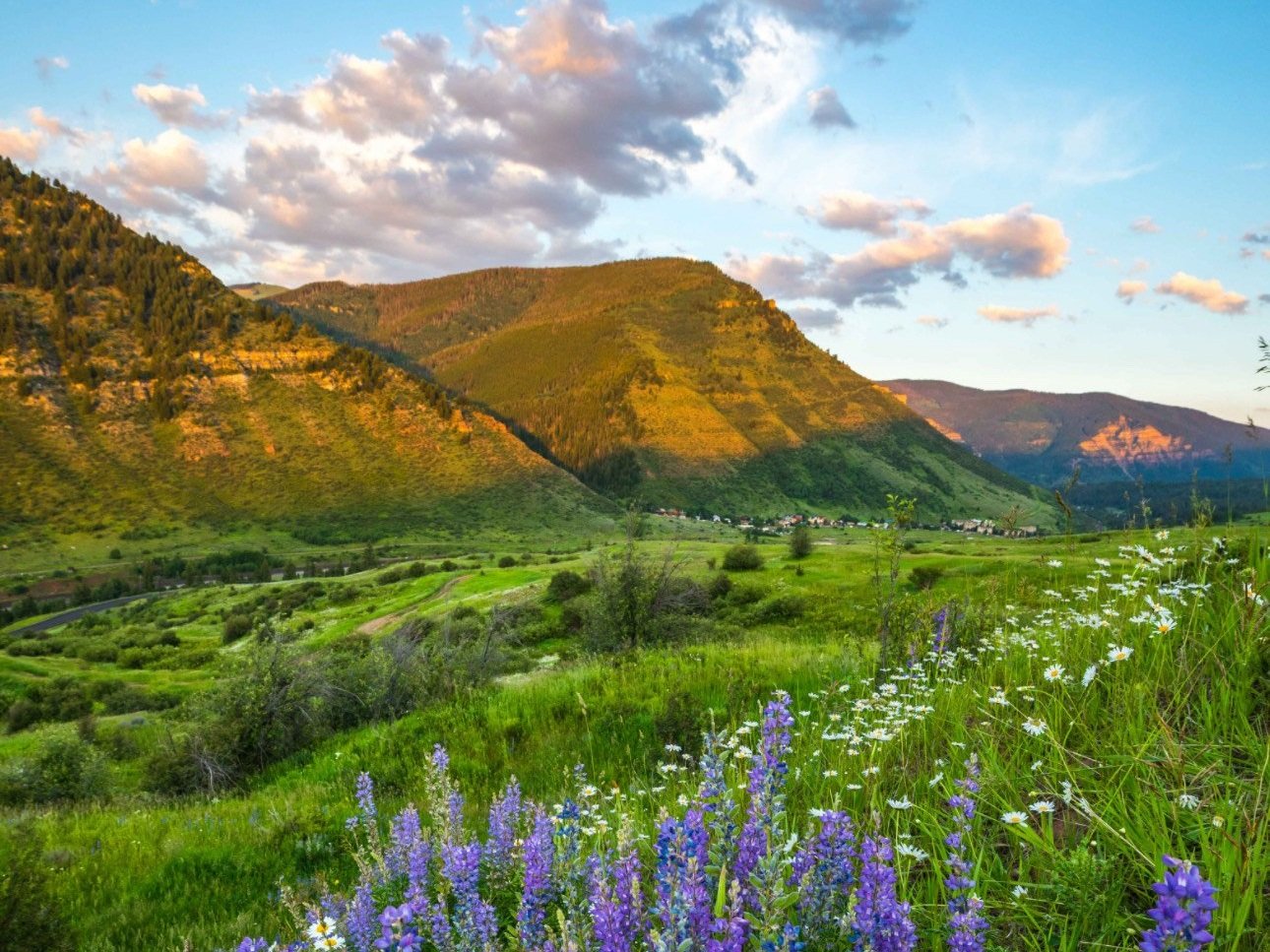
Background Information and Further Reading
Links to Recommended Content
Rail Activity and News
The Colorado Sun and Colorado Newsline both cover activity on the line, albeit without much information regarding alternative options or past Rail to Trail efforts.
Rails to Trails Information
The National Rails to Trails Conservancy is a wealth of information regarding these types of projects. We recommend browsing their YouTube channel and website, specifically:
Camp Hale National Monument
Designated in 2022, Camp Hale is protected for it’s historical and environmental significance.
A lengthy process will be led by the USFS to develop a management plan. They maintain a website with extensive content and information on the area.
Outdoor Economy Impacts
The Colorado Outdoor Recreation Industry Office (OREC) didn’t exist in 1996 and it was much harder then to find economic impact studies. Follow COREC or visit their website to find out more about Colorado’s $13.9 billion dollar outdoor economy that employs over 130,000 residents.
The Bureau of Economic Analysis also conducts a yearly impact update.
Superfund Information
The Eagle Mine was abandoned in the early 1980’s and the Eagle River used to run orange with mining pollution after the flooding of the old shafts. Years of work through the Superfund program have brought this important watershed and fishery back to life, underlining the importance of preventing hazardous materials from rolling down these dangerous tracks next to the Eagle River with a long history of wrecks again.
CDOT and SB -37
In 1997, Colorado enacted Senate Bill (SB) 37, concerning the disposition of abandoned railroad rights-of-way in Colorado. According to this legislation, an existing rail line, railroad right-of-way or an abandoned railroad right-of-way is eligible for acquisition if it serves one or more of the following purposes:
(1) Preservation of the rail line for freight or passenger service;
(2) Maintenance of a rail corridor for future transportation purposes or interim recreational purposes;
(3) Access to surrounding manufacturing facilities and agricultural areas; and
(4) Any public use of the rail line or railroad right-of-way that is compatible with future use as a railroad or other transportation system.
In short, if railbanking is not an option, the state and CDOT can legally acquire the line for any or all of the above uses. CDOT is supposed to issue yearly reports on the status of the state’s rail lines. Here is 2021’s report.